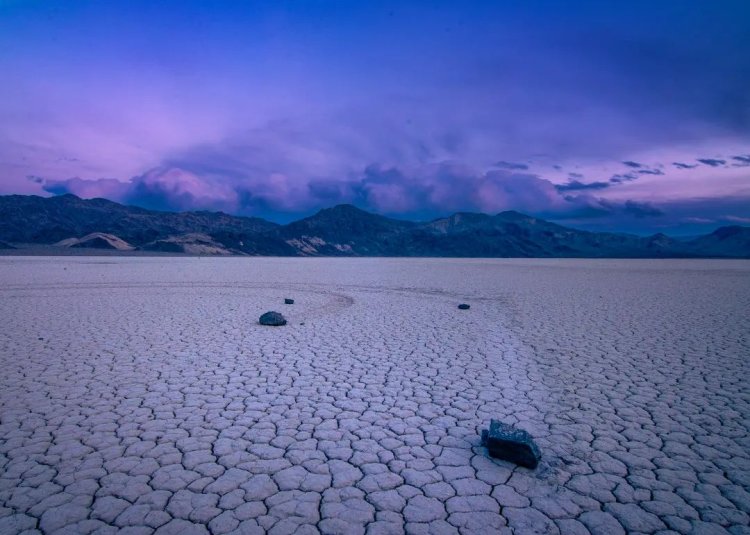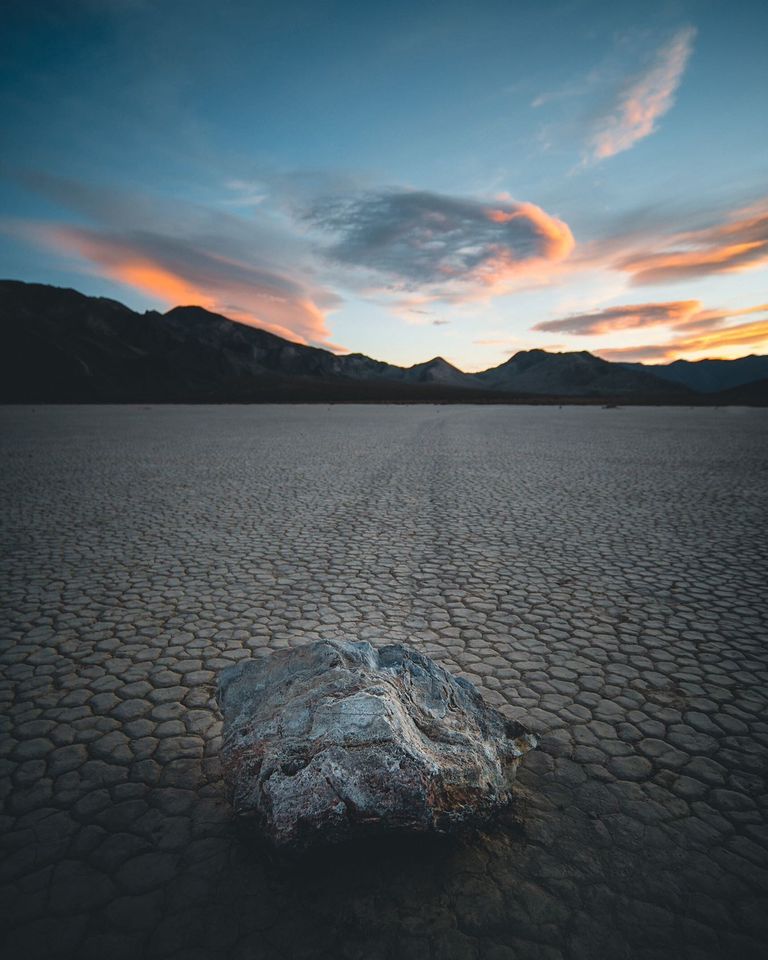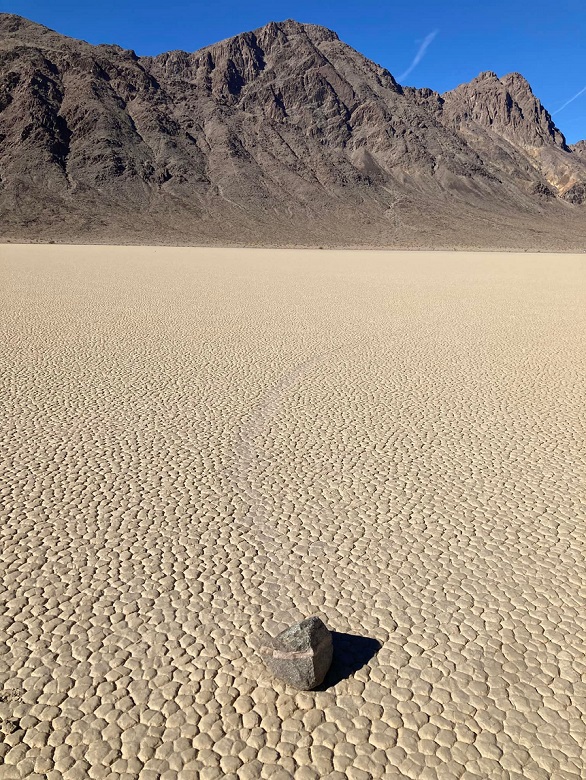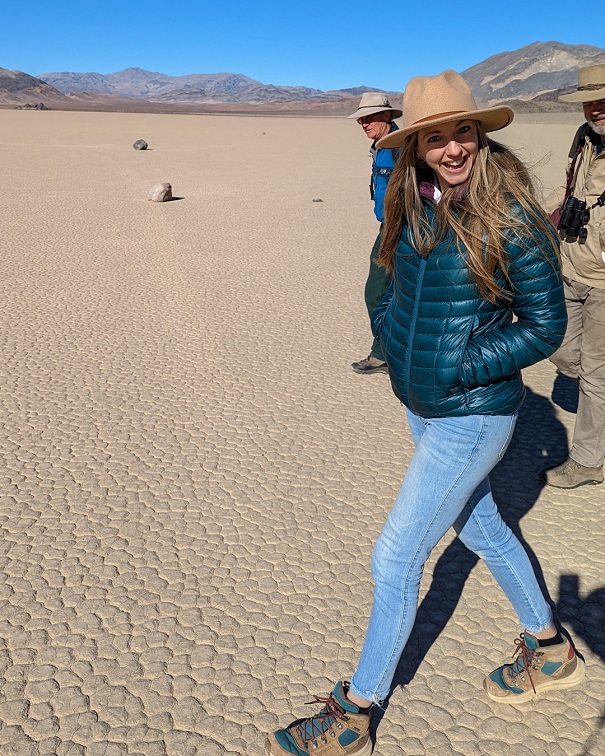How the rocks move – The race is on at Racetrack Playa
Travel your wayHow the rocks move – The race is on at Racetrack Playa Racetrack Playa has been a mystery to scientists and geologists since the phenomenon was first studied in 1940. On the surface of this dry lakebed, a playa, there was evidence that heavy stones mysteriously moved, leaving trails in the muddy surface of what was once a lake. Far from the... How the rocks move – The race is on at Racetrack Playaadmin

Travel your way
How the rocks move – The race is on at Racetrack Playa
Racetrack Playa has been a mystery to scientists and geologists since the phenomenon was first studied in 1940. On the surface of this dry lakebed, a playa, there was evidence that heavy stones mysteriously moved, leaving trails in the muddy surface of what was once a lake.
Far from the nearest vestiges of civilization in Death Valley National Park, Panamint Springs, California, Racetrack Playa perplexed everybody who could see that the rocks were moving. How could such heavy rocks move, leaving tracks behind them?

What is the theory on sailing stones in Racetrack Playa ?
The National Park Service says that there are many theories as to how the rocks move. Racetrack Playa is two miles wide and three miles long. It’s been tens of thousands of years since the water evaporated, leaving behind a cracked yellowish mud surface. The park service says it’s more than a thousand feet thick.
The mystery was solved in August 2014. A group of scientists from the Scripps Institution of Oceanography at the University of California San Diego installed a highly sensitive weather station and motion-activated GPS units on 15 rocks. Moving rocks on the Playa can weigh as much as 700 pounds and still move. Sometimes rock movement takes decades, but the UC San Diego scientists ran into a bit of luck.

In December 2013, two scientists, Richard and James Noris, arrived to discover that the Playa was covered with a shallow pond a mere 3 inches deep. The lake mud bed became a slick soft surface, and during the night, it turned into a sheet of “windowpane” ice. The daytime sun caused the ice to break up into large floating panels. The unfettered wind blows across the Playa, causing the ice panels to leverage and push the rocks along the slick surface of the mud, leaving their trails.
Racetrack Playa is about 3 ½ hours from Furnace Creek and slightly less from Panamint Springs. It’s nestled between the Cottonwood and Last Chance mountain ranges. About 20 miles into the trip is Teakettle Junction, a junction road sign with a collection of kettles from all over the place.
The rough gravel road splits off from the pavement at the Ubehebe crater. The condition of the road varies depending on the time of year and weather conditions and the Park Service maintenance schedule.

The Park Service recommends good tires, four-wheel-drive and high clearance. Our trip was in October, and the road was leveled and easily traveled by a sedan. However, the gravel includes many sharp rocks, and conventional highway tires tend to go flat. There is no cell service on any part of the trip, so be prepared to rescue yourself. Check the road conditions with the visitor center in Furnace Creek or Panamint Springs before setting out. Carry plenty of water and snacks, and recognize that this round-trip trip is an all-day road trip.
Story by Eric Jay Toll
How the rocks move – The race is on at Racetrack Playa
admin
















